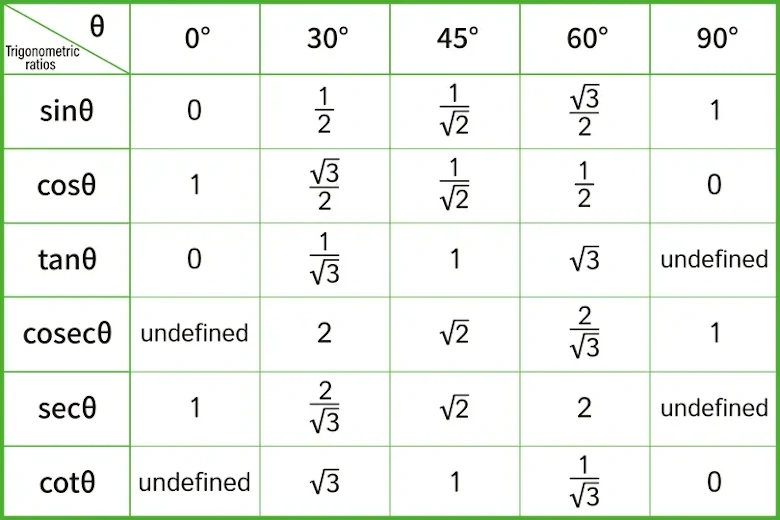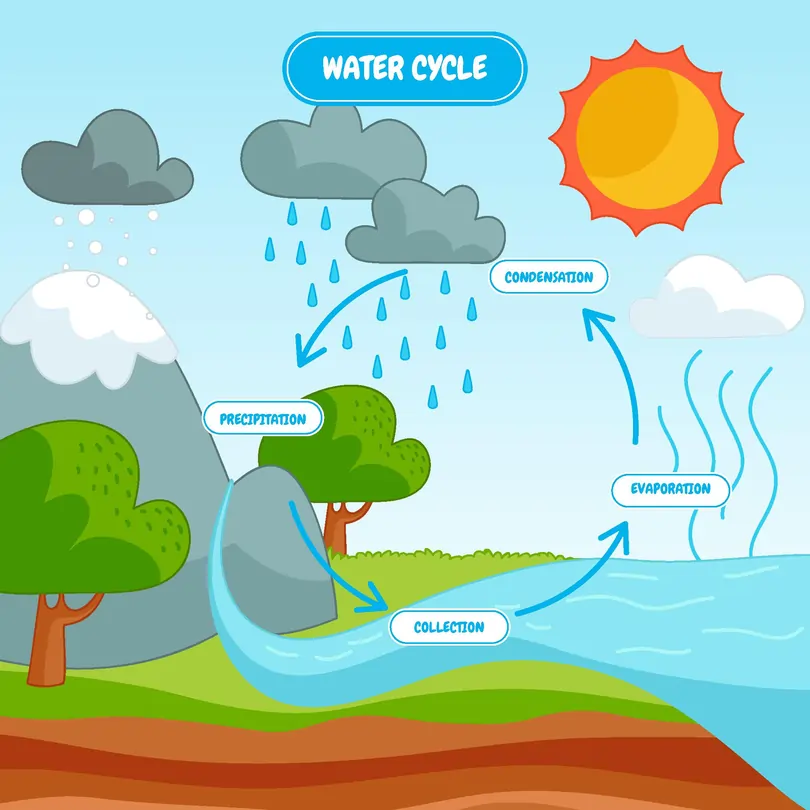12 O-level Comprehension question types: Tips and examples
- Tags:
- Secondary English

O-Level English examinations can be daunting for some students, but this doesn't mean that you have to fear them!
Instead of feeling overwhelmed by the different comprehension question types, look at them as an opportunity to show off your skills. In this article, we'll give you the lowdown on all 12 types of O-Level comprehension questions and provide you with some helpful hints on how to ace each one. Let's dive right in and get ready to ace those exams!
The 12 O-level comprehension question types
The 12 types of comprehension questions commonly found in O-level exams are as follows:
1. Literal comprehension questions
These questions ask for specific details found in the text, such as dates, names, places, or events. Literal comprehension questions are usually found at the beginning of the passage, and they test your ability to comprehend factual information.
Example: What is the name of the main character in the passage?
Here are some helpful tips on how to answer literal comprehension questions
- Characters:
- Identifying Characters: Spot the main people and animals in the story.
- Observing Details: Pay attention to the pictures and words that describe these characters.
- Discussing Characters: Share thoughts on who the story focuses on.
- Setting:
- Locating the Scene: Find out where the story is set.
- Exploring Descriptions: Examine words and images that show the story's location.
- Discussing the Setting: Talk about how the setting affects the story.
- Main Events:
- Recognising Key Moments: Identify important events in the story.
- Analysing Connections: Consider how these events link to the characters, problems, and solutions.
- Discussing Key Events: Share thoughts about significant story developments and their impact.
- Supporting Details:
- Finding Extra Information: Locate sentences that come after phrases related to the main idea.
- Reading Carefully: Pay close attention to these sentences for a better understanding of the main idea.
- Explaining Supporting Details: Elaborate on the additional information that enhances the main idea.
- Additional Information:
- Noticing Visual Extras: Observe any extra information in the form of pictures, illustrations, diagrams, captions, labels, or other visuals.
- Understanding Visual Clues: Consider how these visuals provide more insights about the main text.
- Discussing the Role of Visuals: Talk about why this extra visual information matters and how it adds to your understanding.
- Key Ideas:
- Spotting Text Clues: Find important words that signal how the text is structured, like "problem," "solution," "sequence," "cause," "effect," "compare," and "contrast."
- Thinking About Structure: Reflect on how these words help organise the text.
- Discussing Main Ideas: Have a conversation about the central ideas in the text and how they connect with each other.
2. Vocabulary comprehension questions
These questions test your understanding of the vocabulary used in the passage. They may ask you to define a word or explain the meaning of a phrase. Vocabulary comprehension questions are essential in testing your comprehension skills as you are expected to understand and apply a broad range of words.
Example: What does the word "abundant" mean in the context of the passage?
3. Interpretive comprehension questions
These questions require you to analyse the passage and interpret its meaning. They may ask you to explain the author's purpose or identify the tone of the text. Interpretive comprehension questions test your ability to understand the author's intended meaning and help you form an opinion based on the passage.
Example: What is the author's purpose in writing this passage?
4. Inferential comprehension questions
These questions test your ability to read between the lines and understand implied information. They may ask you to make predictions, draw conclusions, or identify the underlying themes of the passage. Inferential comprehension questions require critical thinking skills and help you understand the deeper meaning behind the author's words.
Example: Based on the information given in the passage, what can you infer about the main character's personality?
5. Synthesis comprehension questions
These questions test your ability to combine information from different parts of the text to form a new idea. They may ask you to compare and contrast, draw analogies, or identify cause-and-effect relationships. Synthesis comprehension questions help you see the bigger picture and understand how different parts of the text relate to each other.
Example: How does the information in paragraph three relate to the main idea of the passage?
6. Evaluation comprehension questions
These questions ask you to analyse and evaluate the text based on your own opinion. They may ask you to agree or disagree with the author's ideas or provide your own perspective on a particular topic. Evaluation comprehension questions help you form your own opinions and arguments based on the text.
Example: Do you agree or disagree with the author's point of view? Why or why not?
7. Main idea comprehension questions
These questions ask you to identify the main idea of the passage. They require you to understand the central message or theme of the text and summarise it in your own words. Main idea comprehension questions test your ability to comprehend and analyse the main point of the text.
Example: What is the main message of the passage?
8. Purpose comprehension questions
These questions require you to understand the purpose of the text. They may ask you to identify whether the author is trying to inform, persuade, or entertain the reader. Purpose comprehension questions help you understand the intended message of the author and why they wrote the text.
Example: What is the author's intention in writing this passage?
9. Tone and mood comprehension questions
These questions ask you to identify the tone and mood of the text. Tone refers to the author's attitude towards the subject, while mood refers to the emotional atmosphere of the text. Tone and mood comprehension questions help you understand the author's perspective and the overall atmosphere of the text.
Example: What is the author's tone towards the subject of the passage? How does this contribute to the overall mood?
10. Attitude comprehension questions
These questions ask you to identify the attitude of the author towards a particular topic or character in the text. Attitude comprehension questions help you understand the author's perspective and how they feel about certain aspects of the text.
Example: What is the author's attitude towards the main character in the passage?
11. Effective comprehension questions
Effective questions are those that ask students to explain why a particular phrase or word has been 'effectively' used. In other words, the student is expected to understand the purpose and then explain why the word/prase is effective.
Example: In what way is the comparison of her "opaque usernames" with "her headscarf" particularly effective?
We've written an entire blog to help you understand how to answer this type of question here: Answer 'effective' questions with ease: A cheat sheet for O-level English comprehension.
12. Unusual comprehension questions
"Unusual comprehension questions" are questions that test a student's ability to identify what is different or out of the ordinary in a given sentence. These types of questions require a deeper level of understanding and analytical thinking. Instead of simply identifying the main idea or details of a sentence, students must use their critical thinking skills to recognise what makes the sentence unique or unusual. This type of questioning can help students improve their comprehension and interpretation skills, as well as their ability to think creatively and critically.
Tips on how to approach these comprehension questions
Now that you know the 12 O-level comprehension question types, it's essential to understand how to approach them.
Here are some tips to help you answer comprehension questions more effectively:
- Read the passage carefully, paying attention to the details and the overall message.
- Underline or highlight key points and important details.
- Look for context clues to help you understand unfamiliar words or phrases.
- Read the questions before reading the passage to have a better idea of what to look for.
- Answer the easiest questions first, then move on to the more difficult ones.
- Use your own words to summarise the main ideas and themes of the text.
- Remember to answer the questions based on the information given in the passage, rather than your own opinions or knowledge.


 SG
SG  VN
VN 


















